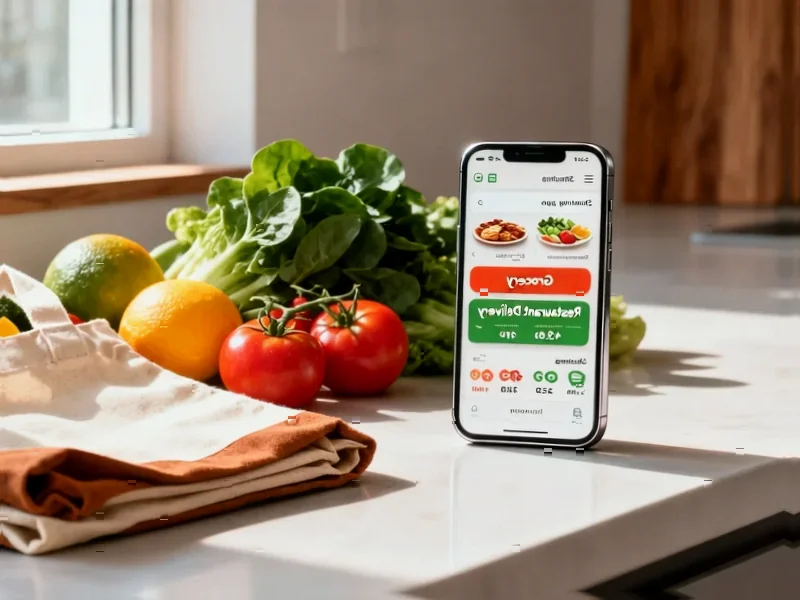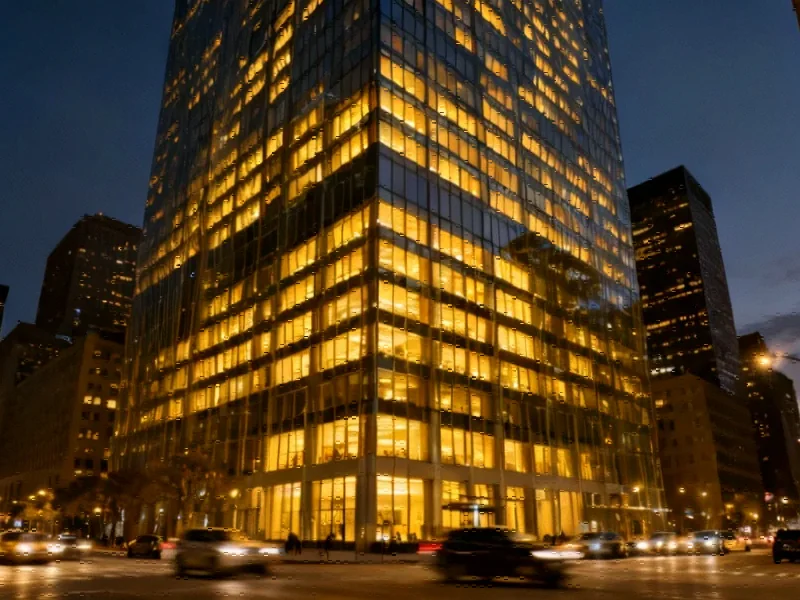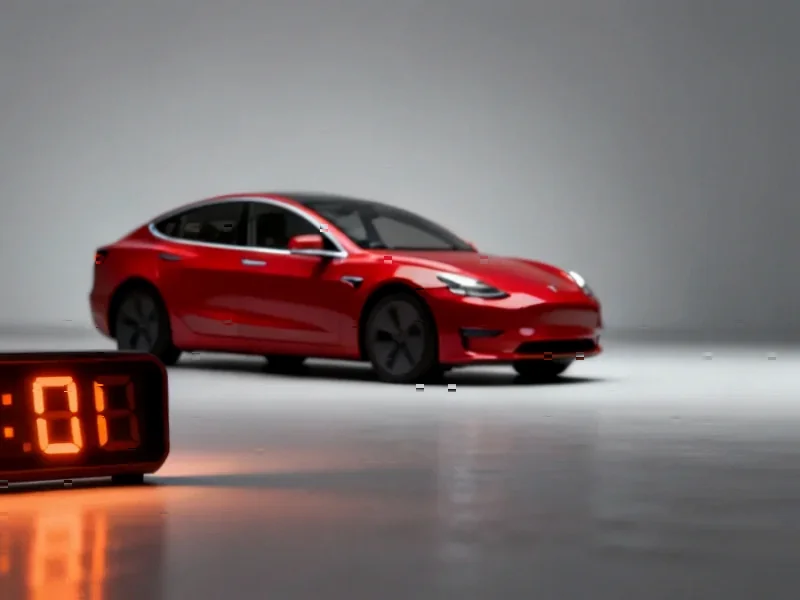According to Supply Chain Dive, Kroger is expanding its Uber Eats partnership to cover more than 2,600 of its roughly 2,700 supermarkets nationwide. The companies also plan to develop retail media experiences together for brand advertising. This Uber expansion follows Kroger’s September announcement of a similar DoorDash partnership covering nearly all locations. During that same September earnings call, interim CEO Ron Sargent revealed the company is conducting a full review of its automated fulfillment network built with UK robotics firm Ocado. Kroger is now clearly prioritizing store-level fulfillment, with Sargent telling investors stores are the company’s “most important asset” because inventory is closer to customers and last-mile delivery costs are lower. The companies are also cross-promoting memberships – Boost loyalty members get extended Uber One trials, while Uber One members get extended Boost trials with double fuel points and free delivery.
The great grocery fulfillment shift
Here’s the thing – Kroger is basically admitting that its billion-dollar bet on Ocado’s automated warehouses might not be the silver bullet they hoped for. Instead, they’re doubling down on what they already have: thousands of physical stores. It’s a massive strategic pivot that says stores aren’t just for in-person shopping anymore – they’re becoming mini-fulfillment centers.
And honestly, it makes sense. Why build expensive robotic warehouses when you’ve got stores already located where people live? The math works – lower last-mile costs, fresher inventory, and you’re utilizing existing real estate. But here’s the catch: can stores really handle the volume without disrupting the in-store experience? That’s the billion-dollar question Kroger’s betting on.
The delivery platform arms race
Now Kroger’s playing both sides of the delivery game with DoorDash and Uber Eats partnerships. It’s smart hedging – don’t put all your eggs in one basket. But it also shows how much power these third-party delivery platforms have gained. Grocers used to control the entire customer relationship, but now they’re sharing data and customers with tech intermediaries.
The membership cross-promotion is particularly clever though. Get Uber’s urban, younger customer base to try Kroger, while giving Kroger’s traditional shoppers access to Uber’s delivery ecosystem. It’s a customer acquisition play disguised as a delivery partnership. And that retail media angle? That’s where the real money might be – turning grocery delivery into an advertising platform.
What this means for grocery shopping
Basically, we’re seeing the complete reinvention of what a grocery store actually is. It’s no longer just a place you visit – it’s becoming a hybrid retail-fulfillment operation. The lines between e-commerce and physical retail are blurring into nonexistence.
For shoppers, this probably means more delivery options and potentially better prices as Kroger optimizes its costs. But it also means your local Kroger might start looking different – with more space dedicated to online order assembly rather than customer browsing. The store of the future might be more warehouse than marketplace, and Kroger’s betting big that’s exactly what customers want.




